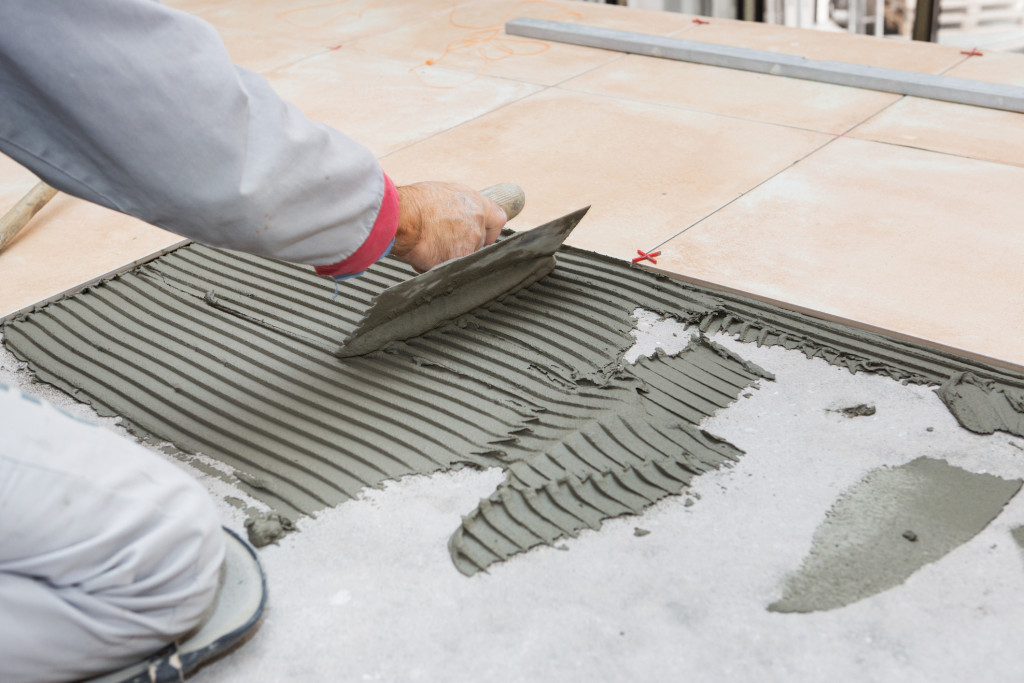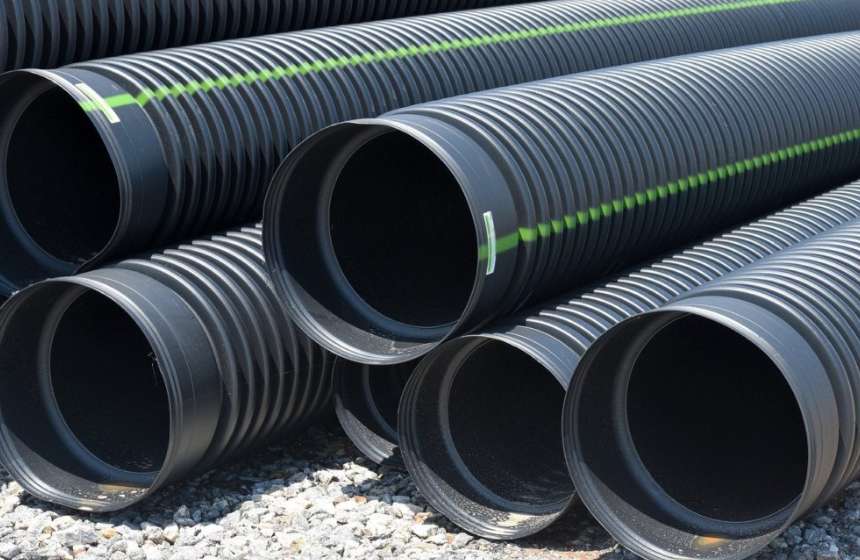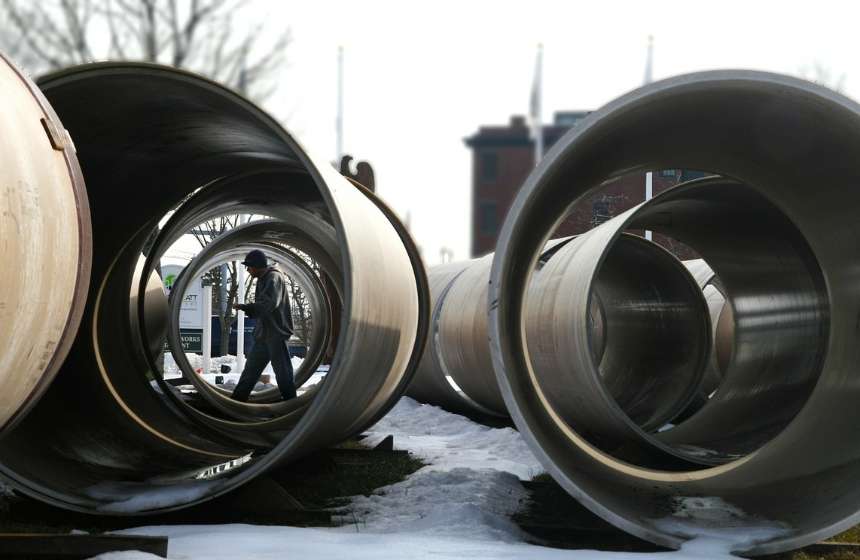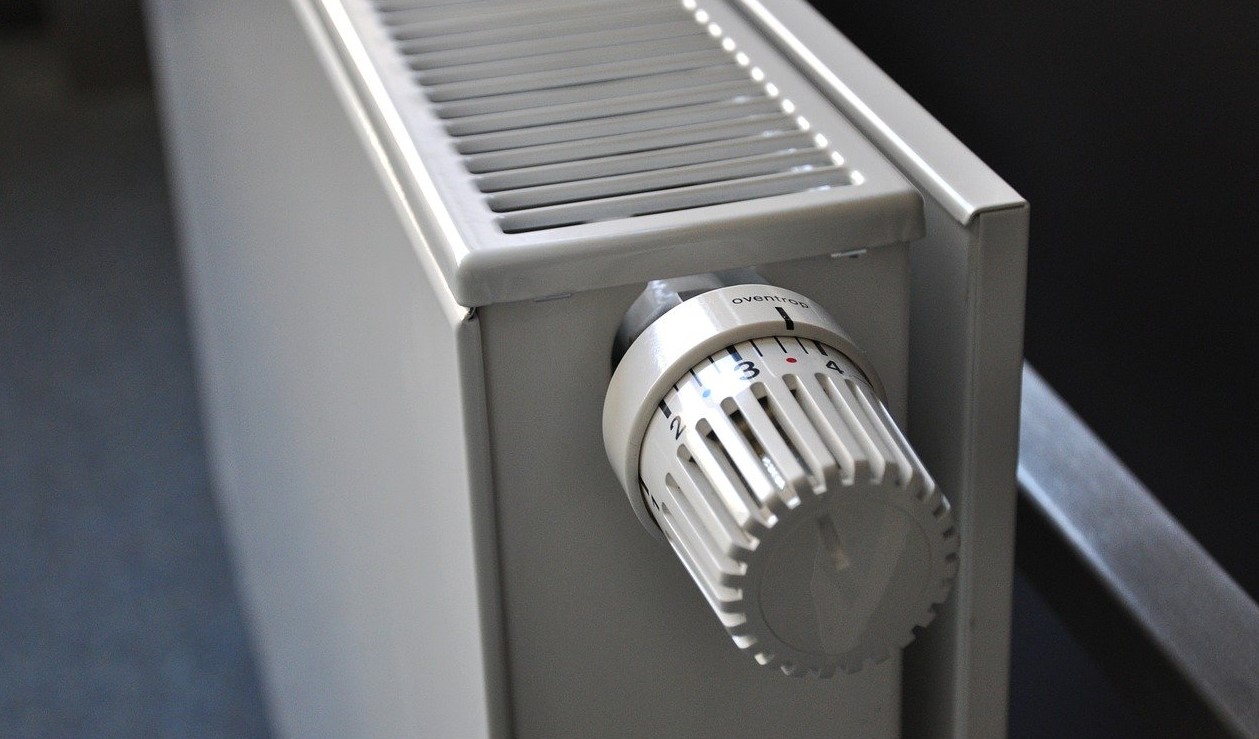Underfloor Heating or Radiators? Choose the Best Option
Choosing the right heating system is a fundamental issue for every household. Many homeowners wonder what the best option is - underfloor heating or traditional radiators. Before you decide on the way the heat is going to be distributed across various rooms, check the differences between those two systems. Learn the costs of using each of them. This basic knowledge will help you determine the best alternative for you - underfloor heating or radiators.

Underfloor heating vs Radiators - what are the differences?
A key difference between underfloor heating and traditional system with radiators lies in the way the heat is being transmitted to a room.
The heat emission for radiators is simply convection. The heated air circulates around the whole room, providing a suitable temperature level. It’s completely different for underfloor heating, as the warmth gets transmitted by radiation in this case. The warm air moves up towards the upper parts of the room. The temperature decreases as the air gets higher.
What’s the significance of this for us? The highest temperature is by the floor. At the head level it is lower. Such distribution complies with the natural physiology and provides definitely more comfort - which affects one’s well-being.
This only one of the differences between underfloor heating and radiators. The distribution of temperatures across the whole room is also important - considering its size and the radiators location. It is particularly noticeable in winter, the culmination point of the heating season. The heat released by the radiator results in a higher temperature right next to it. If the room is really large - it might happen that it’s cold on the other side, remote from the heater.

The situation described above has two sides. If you want to heat the whole room - with the radiator placed close to the sofa or armchairs - resting at the spot might be impossible due to the high temperature.
Underfloor heating provides more or less the same temperature across the whole house. There might be a difference in 1-2°C, depending on the flooring material. A difference of 5-6°C, however, ir impossible - which is quite normal for traditional radiators.
Underfloor heating vs radiators - what is better for allergies?
Dust which accumulates in household interiors is very unpleasant for allergy sufferers. Unfortunately, traditional radiators, even those with a simple construction, collect a lot of dust on their surface. The warm air circulation does not make it any better - it lifts the particles - and the symptoms of allergy might get stronger.
Underfloor heating not only provides the aforementioned optimal temperature distribution for humans, but also protects from dust and mites. Radiation doesn’t lift the air, therefore, the risk of discomfort for allergy sufferers is lower.
The interior aesthetics - what wins: underfloor heating or radiators?
The current market is full of radiators of various sizes, shapes, construction and colors. Apart from providing warmth, they also function as a decoration, which affects the whole interior design.
Every coin has two sides, however. A radiator might limit the design possibilities, as well as space for other equipment - which is a problem especially in small interiors.
With underfloor heating, there is no such problem. The tubes which provide warmth are hidden under the floor. One can, therefore, use the space without limitations. Nevertheless, keep in mind that if you decide on such system, the right flooring needs to be selected at the stage of room design. Not all materials are suitable for underfloor heating. Some of them require more power, as they transmit less heat. A mismatched flooring might affect the thermal comfort for this type of heating.
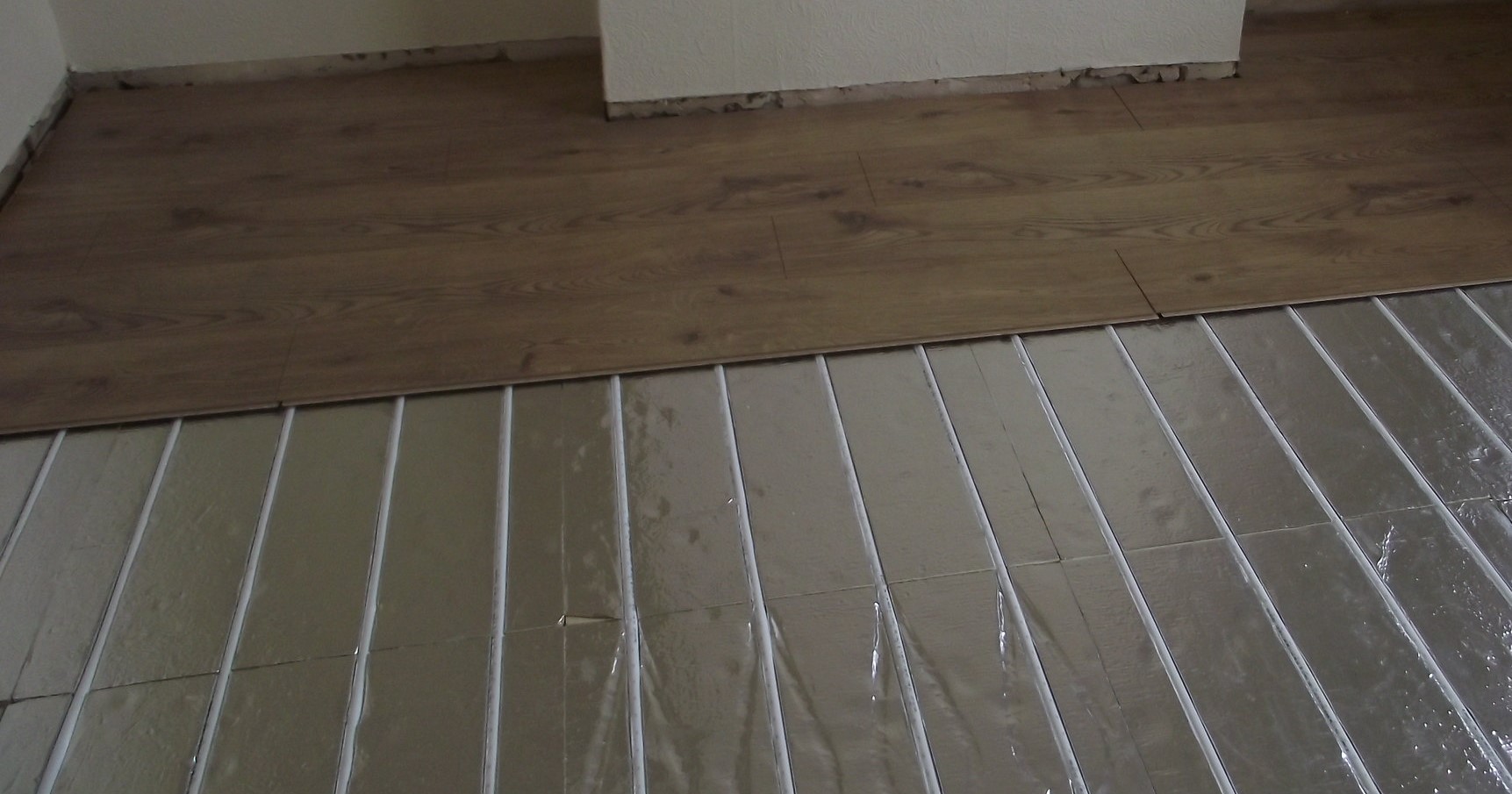
What is more durable - underfloor heating or radiator?
When deciding which heating system is better, many homeowners wonder which one is more durable - underfloor heating or radiators. There is no straight answer to this question, as a lot depends on the used materials and elements. They affect the reliability of the system.
It is assumed that a properly constructed underfloor heating made of good-quality materials might last for several dozen of years. The classic radiators might provide the same results - but not always. A lot depends on the type of radiators, as well as regular check-ups of the system and if needed - repairs.
What’s even more important is the fact that the radiators might not look that well after several years from installation. The visual aspect might cause the necessity of replacing them, which generates costs.
Underfloor heating or radiators? Check the source of heating in the building
If you are considering the choice - underfloor heating or radiators - it is advised to look at the technical aspect of the problem as well. Which means checking the main source of heating in the building - in reality, the key issue.
An increasing number of homeowners decide to choose a condensing boiler or a heat pump. Those two solutions are perfect for underfloor heating, which results in a highly efficient system providing a suitable temperature in every room. Can those sources be used for radiators as well? It is not impossible, however choosing the right heaters might be problematic. Usually, larger models need to be picked, which takes a lot of space and disorganize interiors.
If you, however, choose a solid fuel boiler, radiators are a better option. Underfloor heating can be used only if the system is equipped with additional devices to lower the water temperature in the system. It also increases the cost of the whole project.
Combining two heating systems - only with a proper equipment
Contrary to the popular belief, you don’t have to choose between underfloor heating and radiators. Many households implement both of these solutions. How is it possible? It is a matter of constructing a system with special mixers or a layout which allows for control over the two heating methods. It is a practical solution in some cases, but, as one might guess - more expensive than choosing one particular system.
Underfloor heating or radiators? The costs of installation
Regardless whether you choose underfloor heating or radiators - it is good to know how much the project costs. Additionally, if you wonder what is better - underfloor heating or traditional radiators and you are not so sure about your decision - the information might help you.
For water underfloor heating, you have to include the cost of tubes, insulation and heating manifolds. There is also a cost of creating a special flooring which will allow for the heat distribution, and you have to pay someone for setting up the whole system.
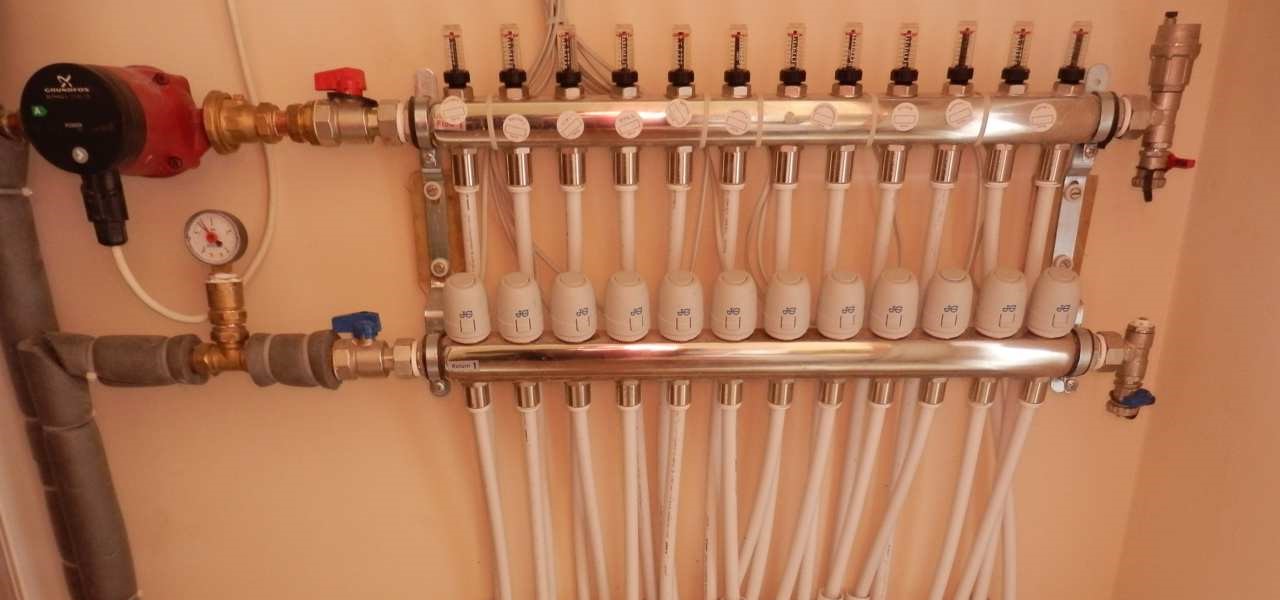
What about traditional radiators? You should include the number of the heaters and the accessories. Similar to the underfloor heating, the connection pieces, manifolds and costs of work contribute to the full cost. It is difficult to estimate a standard price for one radiator, as they differ. With standard solutions, traditional system is approximately 30% cheaper than underfloor heating.
Maintenance - what is cheaper: underfloor heating or radiators?
Considering the cost of constructing the system, it might seem that underfloor heating is a more expensive solution than radiators. The initial expenses, however, are not everything. The system works for many years, which makes the utilization costs a very important factor.
If you consider maintenance costs - underfloor heating system wins without any doubt. The same temperature level in every room means not only thermal comfort, but also savings - especially at the peak of heating season. Comparing the two systems, you can save a lot of many with a water-based underfloor heating.


